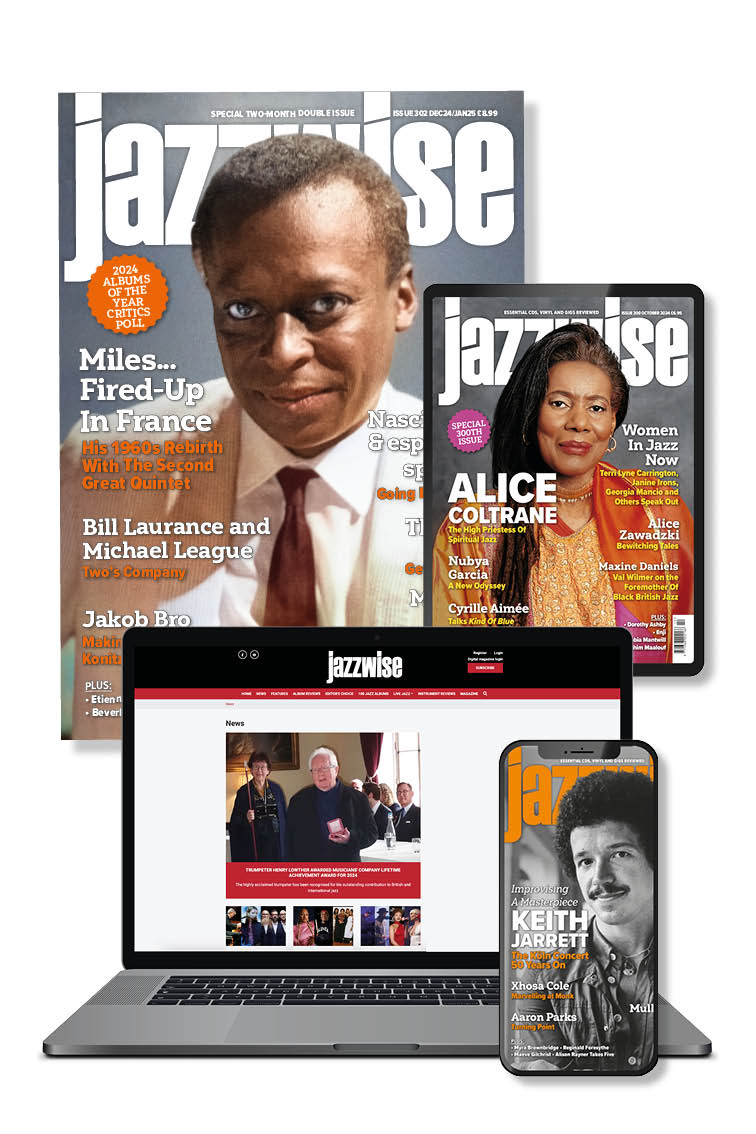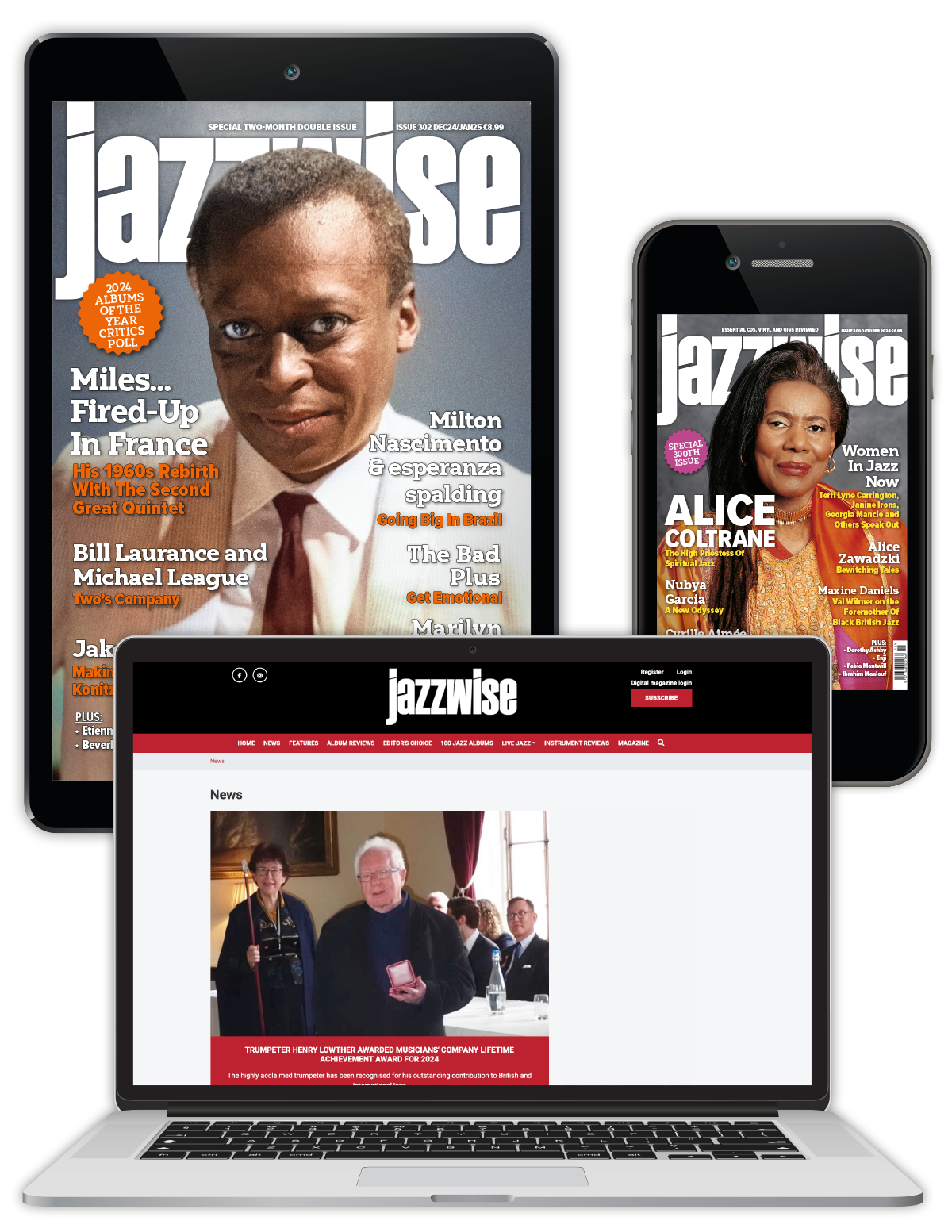Album Interview: Marius Neset London Sinfonietta: Snowmelt
Author: Stuart Nicholson
View record and artist detailsRecord and Artist Details
Musicians: |
Geoffrey Paterson |
Magazine Review Date: |
November/2016 |
Catalogue Number: |
ACT 9035-2 |
RecordDate: |
16-17 March 2015 |
In a different time and a different place, this album would be labelled ‘Third Stream’, a term coined by Gunther Schuller to describe the meeting of two mainstreams of music – classical and jazz – to produce a third stream that represented a confluence of the two. But that was then and this is now, and the whole Third Stream concept is being successfully revisited by several musicians today, albeit skirting around the term, no doubt because of the pejorative connotations the critical fraternity hung on the music in the late 1950s and early 1960s – such unanimity among people who ought, for a variety of reasons, to have displayed greater musical insight still remains a cause for wonder. Neset's Snowmelt betrays a singular approach to composition and arrangement that is individual and open-minded in its embrace of several diverse lines of compositional input, mainly from the classical field. Though this album combines a conventional tenor saxophone quartet, the instrumentation does not function as it would in a jazz context, but are integrated into Neset's overall orchestral vision. The centre piece of the album is ‘Arches of Nature’, a suite in seven parts with Part 2 ‘Acrobatics’ and Part 7 ‘Pyramiden’ the most challenging – Part 2, for example, has a fast, 12-tone bassline that provides the rhythmic momentum of the piece. The suite deals with four ideas that act as unifying elements between each of the contrasting sections which Neset successfully develops through all seven episodes.
Jazzwise spoke to Marius Neset about the album
Rather like Hegel's beach, which was neither land nor sea, this is not contemporary classical music, though it contains characteristics we associate with contemporary classical, neither is it jazz, though it contains properties that we associate with jazz. How would you describe Snowmelt?
I agree that you can't put it in any genre, but I actually didn't realise that until late in the process. I didn't think about it at all when I composed. The only thing I was thinking about was composing good music, to bring my own ideas and my own way of phrasing to the compositions and to try to make them logical while creating some interesting forms and shapes.
When you decided to undertake this project, which is realising challenging compositional techniques as well as instrumental techniques, were you thinking in terms of what might be possible within jazz or what might be possible in classical music, or did your objective lie in a combination of the two?
I was trying to see how far I could go. There are a lot of small details in the orchestras, the focus was to get these as clear as possible, and to sound as orchestral as possible, but still grooving. Hopefully we can introduce some of that into the music when we play in a smaller group again.
Finally, there are lots of musical ideas condensed into small episodes – only three tracks are longer than five minutes and there are three tracks less than three minutes – do you see the next stage as developing your ideas within a more coherent symphonic form?
I haven't really thought about the length of it, but I can't listen to any one track in isolation. They are all connected and part of the same work to me. The only thing that I am wholly sure about is that it will be different next time, this is definitely not the last time I'm doing this! I'm looking at this as the first of many orchestral albums, and that's really exiting to me.

Jazzwise Full Club
- Latest print and digital issues
- Digital archive since 1997
- Download tracks from bonus compilation albums throughout the year
- Reviews Database access
From £9.08 / month
Subscribe
Jazzwise Digital Club
- Latest digital issues
- Digital archive since 1997
- Download tracks from bonus compilation albums during the year
- Reviews Database access

